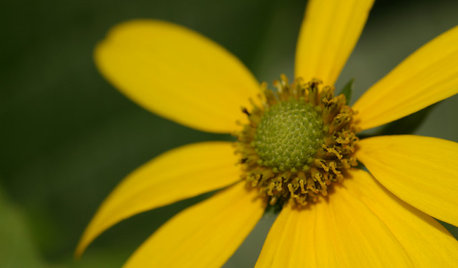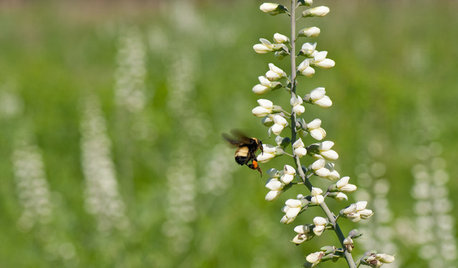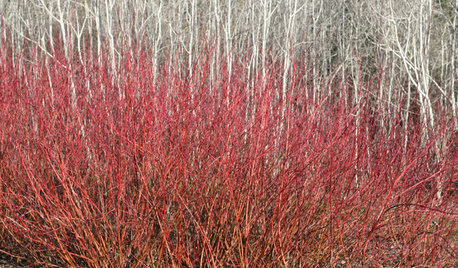Blights spread plant to plant?
billyberue
11 years ago
Related Stories

CONTAINER GARDENS5 Important Winter Tasks to Keep Container Gardens in Shape
Prevent cracked pots, blight spread and withered plants come spring by focusing on this essential maintenance now
Full Story
FLOWERS AND PLANTSRudbeckia Laciniata Enlivens Late-Season Shady and Sunny Sites
Give long-blooming, towering cutleaf coneflower room to spread in U.S. gardens for maximum rewards
Full Story
GARDENING GUIDESGreat Design Plant: Please Bumblebees by Planting Baptisia Lactea
Plant wild white indigo in central and southeastern U.S. gardens for its large white flower heads and early-spring interest
Full Story
NATIVE PLANTSPlant These Fall-Flowering Natives in Early Summer for Pollinator Love
These 3 groups of plants will support masses of beneficial insects come autumn
Full Story
GARDENING GUIDESGreat Design Plant: Helianthus Maximiliani Attracts Beneficial Insects
Maximilian sunflower’s striking yellow flowers light up the fall landscape and attract pollinators and beneficial insects at a crucial time
Full Story
GARDENING GUIDESInvite Mining Bees to Your Garden by Planting Their Favorite Plants
Look for mining bees (Andrena) pollinating woodland wildflowers in U.S. gardens this spring
Full Story
LANDSCAPE DESIGNHow to Design Your Landscape to Spread Water
Water that’s distributed widely will more readily soak into the ground
Full Story
GARDENING GUIDESGreat Design Plant: Rhus Glabra
Smooth sumac provides powerful jolts of fall color and persistent fruit clusters that add interest through the winter
Full Story
WINTER GARDENINGGreat Design Plant: Redtwig Dogwood
Fiery winter foliage makes this plant a seasonal stunner
Full Story
TREESGreat Design Plant: Downy Serviceberry
Plant this sculptural tree in fall or spring for year-round interest and graceful beauty
Full StorySponsored
More Discussions






digdirt2
carolyn137
Related Professionals
Peabody Landscape Contractors · Deerfield Landscape Contractors · Palatine Landscape Contractors · Shoreview Landscape Contractors · Tacoma Landscape Contractors · Wickliffe Landscape Contractors · North Aurora Landscape Contractors · Big Lake General Contractors · Converse General Contractors · Los Lunas General Contractors · Valle Vista General Contractors · West Melbourne General Contractors · Elkridge Decks, Patios & Outdoor Enclosures · Alexandria Decks, Patios & Outdoor Enclosures · Lacey Decks, Patios & Outdoor Enclosuresdigdirt2